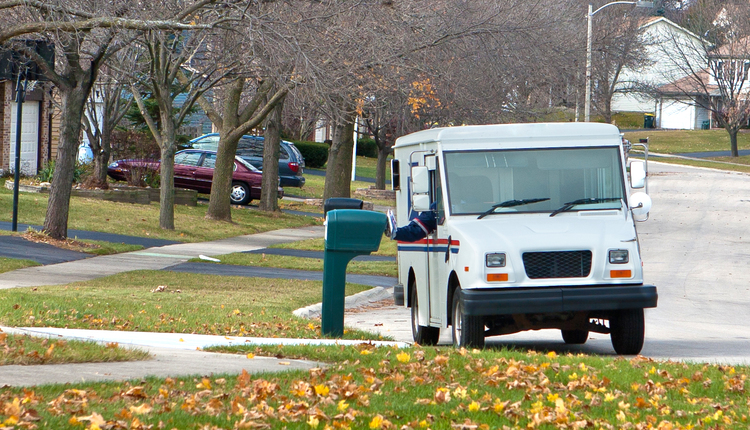Parcel contracts usually last three years, so a comprehensive strategic sourcing event is crucial for optimizing your transportation budget. But is this event the end or just the beginning? While holding both carrier and shipper accountable is essential, ongoing monitoring throughout the contract’s lifecycle is equally important. This helps adapt to business changes, market fluctuations, and pricing adjustments.
Firstly, shippers should establish key performance indicators (KPIs) to track the effectiveness of the negotiated terms. Monitor real-world outcomes within your data to verify if carriers are adhering to their agreements. This includes confirming if rebates and implementation bonuses are being honored, which can directly impact cost savings. Assessing cost avoidance strategies is also extremely vital. A carrier missing several $100K benefits such as a cap on rate increases, hefty residential discounts, or fuel surcharge discounts can make or break profit margins, especially in a flatter supply chain market such as this one. Penalties for not tracking program performance could be increased surcharges, not achieving volume commitments, or decreased rebate benefits.
Additionally, shippers must maintain proactive communication with their carrier representatives after negotiations. Understanding the nature of your relationship with them — whether it is contentious or collaborative — can significantly influence contract outcomes. Keeping open lines of communication and having readily accessible contact information for carrier representatives is essential so there can be swift resolution of any shipping-related issues. This can help foster a productive partnership and address shipping challenges immediately.
Does the New Agreement Make Sense?
It is crucial for shippers to assess whether their contract remains sensible and advantageous given the evolving nature of their shipping needs. Consider if the agreement accommodates fluctuations in the volume of services used and potential changes in revenue tiers (and if that fits your program). Evaluate whether you are shifting towards more two-day services compared to ground shipping to compete with similar retailers. Additionally, review any clauses related to changes in service levels or pricing over the duration of the agreement to ensure they align with your current and anticipated shipping patterns.
What Is the Current State of the Market?
Continuous market monitoring can help shippers adjust their operational strategy. Current freight volumes are flat or down across all modes. From TL to LTL to parcel, YOY volumes are stagnant at best (or slightly down for many carriers). In May, FedEx reported mixed results for its fourth quarter. In July, UPS’s stock fell 12% after its second quarter earnings came in below expectations. Given current market conditions, many who ship goods are asking how long this shipper-friendly environment will last and how to leverage it effectively.
If 2020-21 taught us anything, it’s that market conditions can shift rapidly, and those who don't stay informed risk falling behind. Staying vigilant in monitoring the supply chain market post-negotiation ensures that your logistics operations remain agile, responsive, and aligned with your business objectives in a dynamic supply chain market.
Can Pricing Changes Still Happen?
Unfortunately for many, parcel carriers are constantly adding new surcharges to gain revenue. It is unwise to think that shippers are avoiding cost increases and pricing changes simply because they are locked into a three-year contract. Application rules may change for current surcharges, such as new ZIP Codes getting added to area surcharges. This can be extremely detrimental to programs of any size — remote area, delivery area, and extended delivery area surcharges can account for a sizeable spend on accessorials.
Best Practices for Monitoring the New Agreement
For many shippers, task number one will always be making sure the freight gets out the door and to the customer on time. There simply is not enough time in the day to monitor all the items laid out above. Working with a third-party provider/consulting firm that has the time, tools, and knowledge base is a great option to optimize and monitor your new agreements in real time.
Andy Johnson is Project Manager - Parcel Consulting at Körber. Chelsea Snedden is a Senior Transportation Consultant at Körber Supply Chain.
This article originally appeared in the September/October, 2024 issue of PARCEL.

















